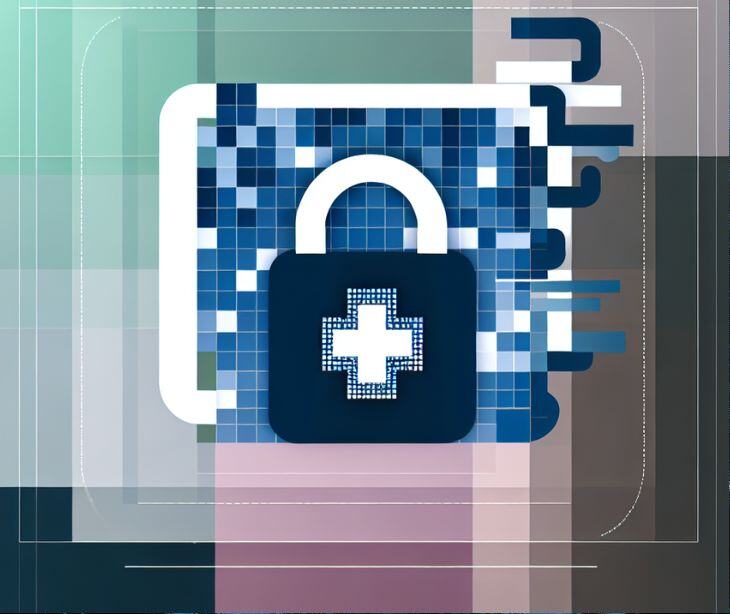2 min read
Health information organization vs. Health information exchange
Tshedimoso Makhene
January 11, 2024

While health information organizations (HIOs) provide the overarching structure and governance for health information exchange, health information exchanges (HIEs) execute the electronic movement of data within specific communities or networks. Both concepts are integral to advancing healthcare interoperability, ultimately contributing to more coordinated and patient-centered care.
Health information organization (HIO):
A health information organization (HIO) is an overarching entity responsible for governing and facilitating the exchange of health information among various stakeholders in the healthcare ecosystem. These stakeholders may include healthcare providers, payers, patients, and other entities involved in the continuum of care.
Go deeper: What is a health information organization?
HIO purpose
The primary purpose of an HIO is to establish a framework for the secure and interoperable exchange of health information. By creating a standardized platform, HIOs aim to break down data silos and enable seamless communication between disparate healthcare systems. This, in turn, enhances care coordination, reduces duplication of tests, and contributes to more informed decision-making by healthcare professionals.
HIO characteristics
- Governance: HIOs typically establish policies, standards, and protocols for the ethical and secure exchange of health information.
- Interoperability: They focus on ensuring that different healthcare systems and technologies can communicate effectively.
- Collaboration: HIOs bring together diverse stakeholders, fostering collaboration and information sharing for improved patient care.
Health information exchange (HIE)
Health information exchange (HIE) refers to the electronic movement of health-related information among healthcare organizations within a specific geographic area, community, or network. It involves sharing patient data, such as medical records, test results, and treatment plans, among authorized healthcare providers.
Go deeper: What are health information exchanges?
HIE purpose
The primary goal of HIE is to improve the continuity of care by providing healthcare professionals with timely access to relevant patient information. When patients move between different healthcare settings, HIE ensures that their medical history and other critical data are accessible to authorized providers, facilitating informed decision-making and reducing the risk of medical errors.
HIE characteristics
- Data exchange: HIE involves the secure and interoperable exchange of patient information, promoting a comprehensive view of an individual's health record.
- Point of care: The exchange of information often occurs at the point of care, allowing healthcare providers to access relevant data when making clinical decisions.
- Regional focus: HIEs are often established at the regional or community level to serve the healthcare needs of a specific population.
Related:
Key differences
Scope
HIO: Encompasses the governance and policies for health information exchange on a broader scale.
HIE: Focuses on the actual electronic exchange of health information within a specific network or community.
Function
HIO: Establishes the framework, standards, and governance for information exchange.
HIE: Implements the electronic exchange of health information based on the guidelines set by the HIO.
Level of operation
HIO: Operates at a higher, organizational level, guiding the overall strategy for health information exchange.
HIE: Operates at a more operational level, facilitating the actual movement of data between healthcare providers.
Subscribe to Paubox Weekly
Every Friday we'll bring you the most important news from Paubox. Our aim is to make you smarter, faster.



